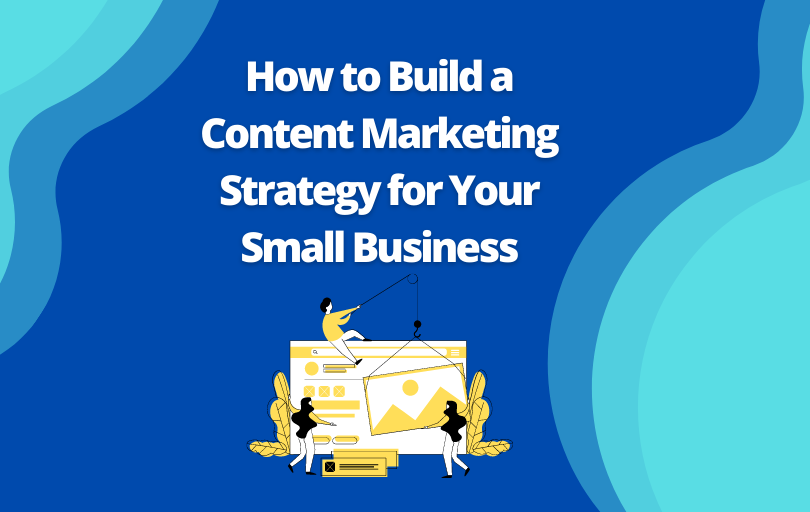All small businesses should have content marketing strategies in place not only to support social media marketing but also to boost branding and search engine visibility. Consumers no longer respond to blatant advertising and will be willing to engage with your brand only if you are able to provide some value to them. Content marketing is the perfect way to do that. With the content that you create and publish, not only will you be providing useful content that your consumers can learn from but you will also be indirectly promoting your small business.
Without the marketing budgets and resources of big brands, content marketing is the marketing medium that allows small businesses to compete with much bigger brands and level the playing field. However, small businesses cannot just jump into content marketing without a clear strategy in place. The following tips and pointers can help a small business prepare a solid content marketing strategy and wipe out any chances of it becoming a money pit!
Build Your Own Content Marketing Strategy – Follow these Steps
#1. Figure out what you want to achieve with content marketing campaigns
This is the first step to creating a content marketing strategy. You need to understand this form of online marketing and spell out the goals and objectives. Instead of having vague goals like increasing sales, you need to have more specific goals like creating more tutorial type content for readers.
#2. Who is your ideal audience?
After defining the goals of your content marketing strategy you need to figure out the demographics of your ideal audience. This way, there will be no confusion while creating and publishing content.
#3. Create an Editorial Strategy
Most companies forget to do this but it is an essential step especially if you have many content writers. You need to decide the tone and style of all your content pieces and make sure that they are consistent. This will help you create a personality for your brand and will help customers connect with your brand more easily.
#4. Types of Content to Create
The fourth step requires you to decide the types of content that you need to create to target your ideal audience and to match the personality that you are trying to build. Surveys and research on Internet forums and social media channels could help you understand the types of content that consumers are looking for. Visual content is appealing to several people, so your content marketing campaigns need to have a good mix of videos, ebooks, blog posts, Infographics, slideshows, images, audio files and webinars. Textual content will be the mainstay of your strategy as it’s essential to SEO, but diversity in content media and presentation will allow you to engage at a larger scale with your audience.
#5. Content Creation Process and Publishing
This is a crucial step where you need to decide who will be creating content and how often. After this, your content marketing team needs to agree on the marketing channels for the content. Good content should be seen by as many people as possible, so make sure to include owned, earned and paid media in your content marketing strategy. Social networking platforms are probably the most cost effective content marketing channels so integrate your content and social media marketing strategies.
Types of content you can create
Step #4 gives a list of many types of content that you need to publish on a regular basis for content marketing success. However, starting off with content marketing can be difficult. So I’m sharing a list below of the type of content you cannot do without.
• Blog posts
• Facebook and Twitter Content
• Videos, Graphics/Images and other Multimedia content
• eBooks
You may think that you do not have the time or resources to create all these types of content but this is not true. The more content you create, the easier content marketing gets. So when you have a substantial number of blog posts and lists, you can transform them into an ebook. Or after a webinar, you can transcribe that content in a white paper.
